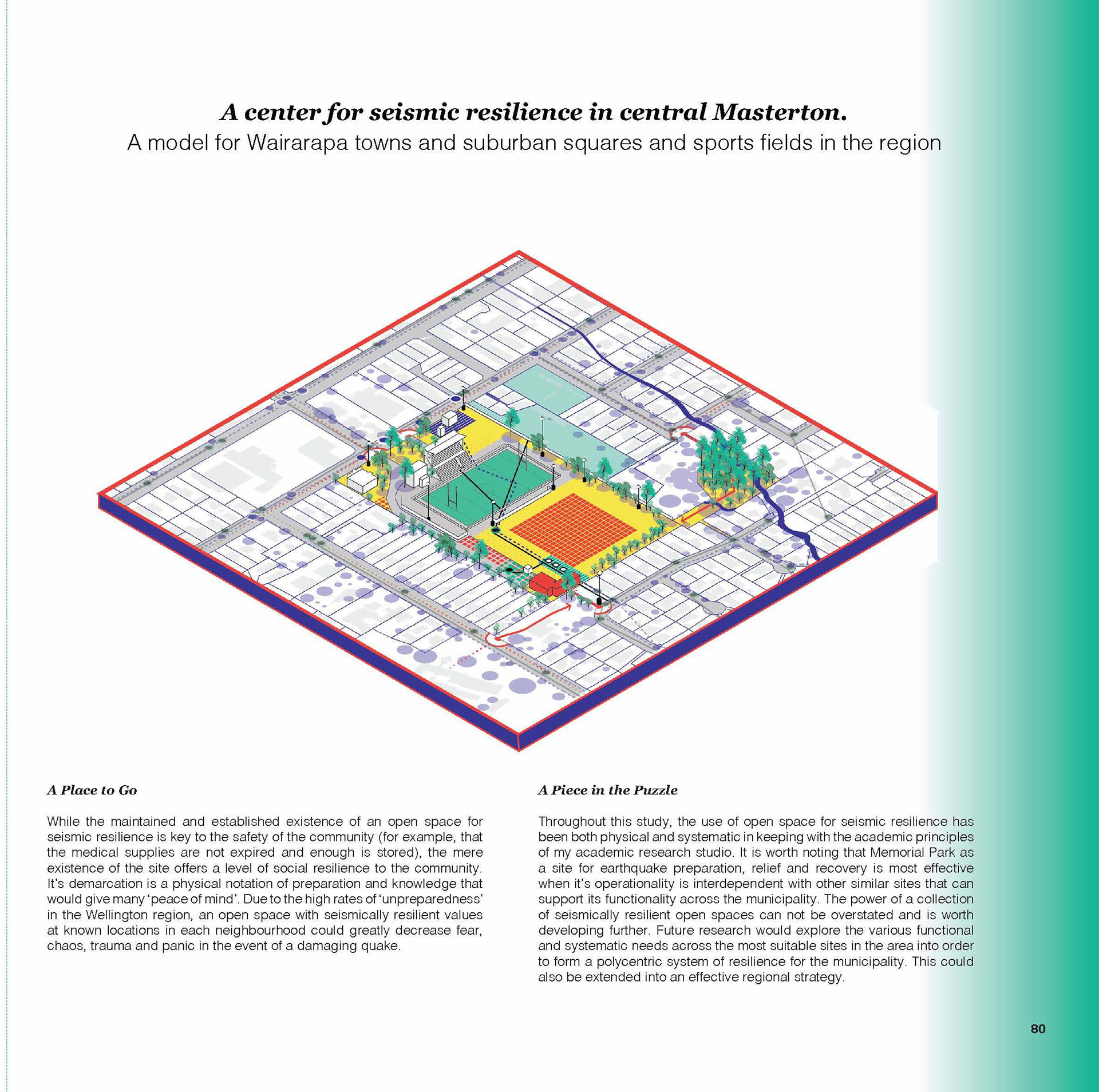An independent research project on open space systems and urban designs for earthquake resilience in Wellington, New Zealand.
July 2019 TU Delft Masters Thesis
Location Wellington, New Zealand
Supervisors dipl.ing Ulf Hackauf, dipl.ing B. Hausleitner
Location Wellington, New Zealand
Supervisors dipl.ing Ulf Hackauf, dipl.ing B. Hausleitner
"Living on the Edge; Open space systems for seismic resilience in Wellington, New Zealand"
Abstract (Writing Sample)
Curious is the absence of spatial design in the resilience discourse associated with seismicity. Emergency recovery planning and risk mitigation strategies typically refer to the urban environment as a space that should be recovered rather than a place that might support recovery. In the majority of earthquake-prone cities on the Pacific Rim and in Wellington, New Zealand specifically, critical infrastructure is still sited over active fault lines, the configuration of the open space network is driven by productivity as opposed to necessity, and vital connections between centres remain vulnerable to collapse. This paper challenged Wellington’s joint focus on cities, open space and earthquakes as the sole responsibility of the engineer and diversified from their approaches to resilience in order to include a cyclical model of panarchy. This research calls for an impetus, process and practice in Wellington for the planning of open space systems to be ambitiously future-proof in the face of seemingly unconquerable seismic challenges. It takes the dual approach of two strategies; the first includes the identification, and thus allocation and distribution of open space systems for seismic resilience, and the second went about the planning and design of the identified spaces in order to better support seismic resilience. Methodologies included GIS tools such as place and space syntax utilised in multi-criterion analysis and case studies from Japan and Christchurch, New Zealand. Seismic resilience blossoming from the Pacific for the Pacific.
Curious is the absence of spatial design in the resilience discourse associated with seismicity. Emergency recovery planning and risk mitigation strategies typically refer to the urban environment as a space that should be recovered rather than a place that might support recovery. In the majority of earthquake-prone cities on the Pacific Rim and in Wellington, New Zealand specifically, critical infrastructure is still sited over active fault lines, the configuration of the open space network is driven by productivity as opposed to necessity, and vital connections between centres remain vulnerable to collapse. This paper challenged Wellington’s joint focus on cities, open space and earthquakes as the sole responsibility of the engineer and diversified from their approaches to resilience in order to include a cyclical model of panarchy. This research calls for an impetus, process and practice in Wellington for the planning of open space systems to be ambitiously future-proof in the face of seemingly unconquerable seismic challenges. It takes the dual approach of two strategies; the first includes the identification, and thus allocation and distribution of open space systems for seismic resilience, and the second went about the planning and design of the identified spaces in order to better support seismic resilience. Methodologies included GIS tools such as place and space syntax utilised in multi-criterion analysis and case studies from Japan and Christchurch, New Zealand. Seismic resilience blossoming from the Pacific for the Pacific.
Keywords: Open space systems, urban design for natural disasters, resilience, seismicity, disturbance response, network approach, Pacific urbanism
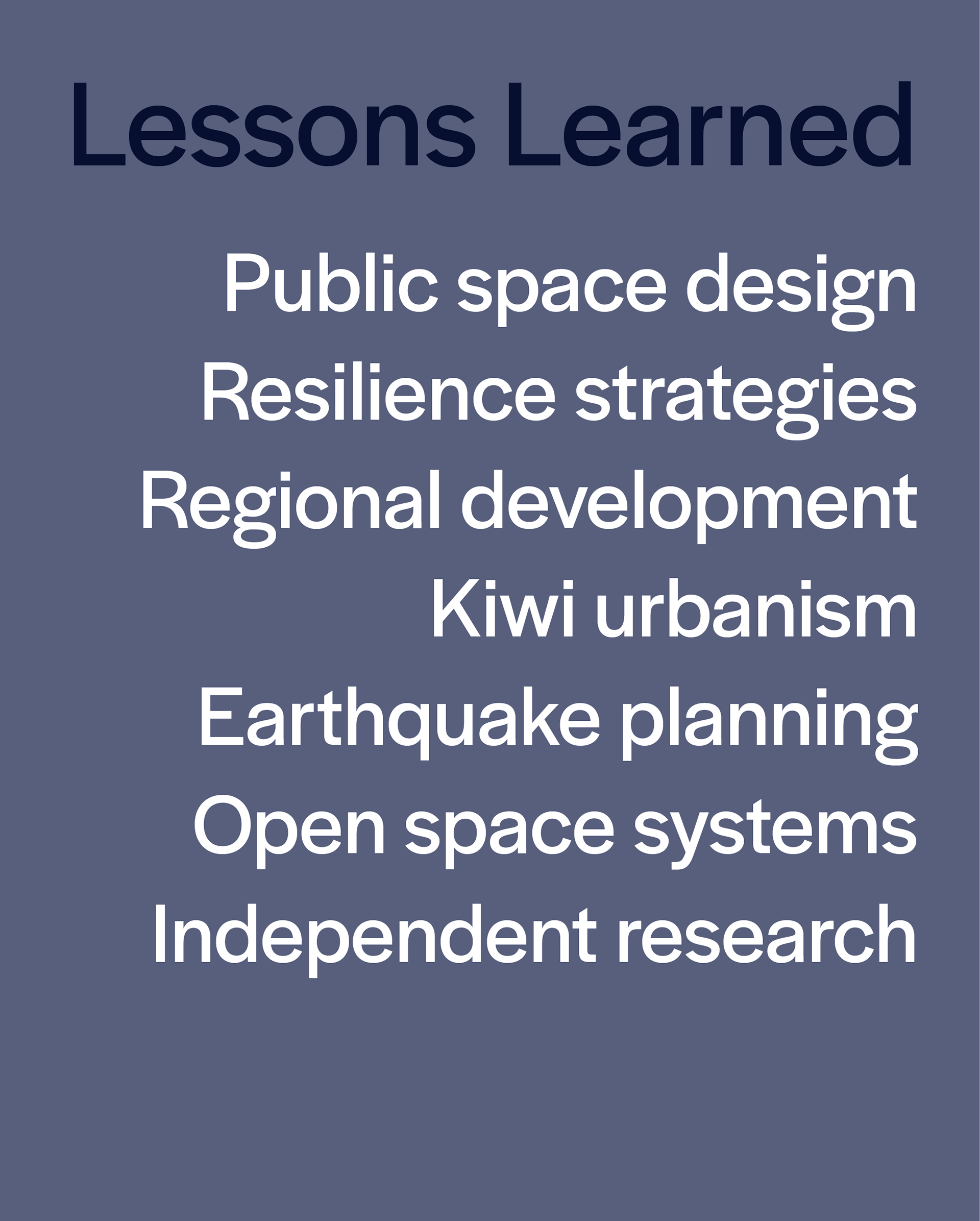
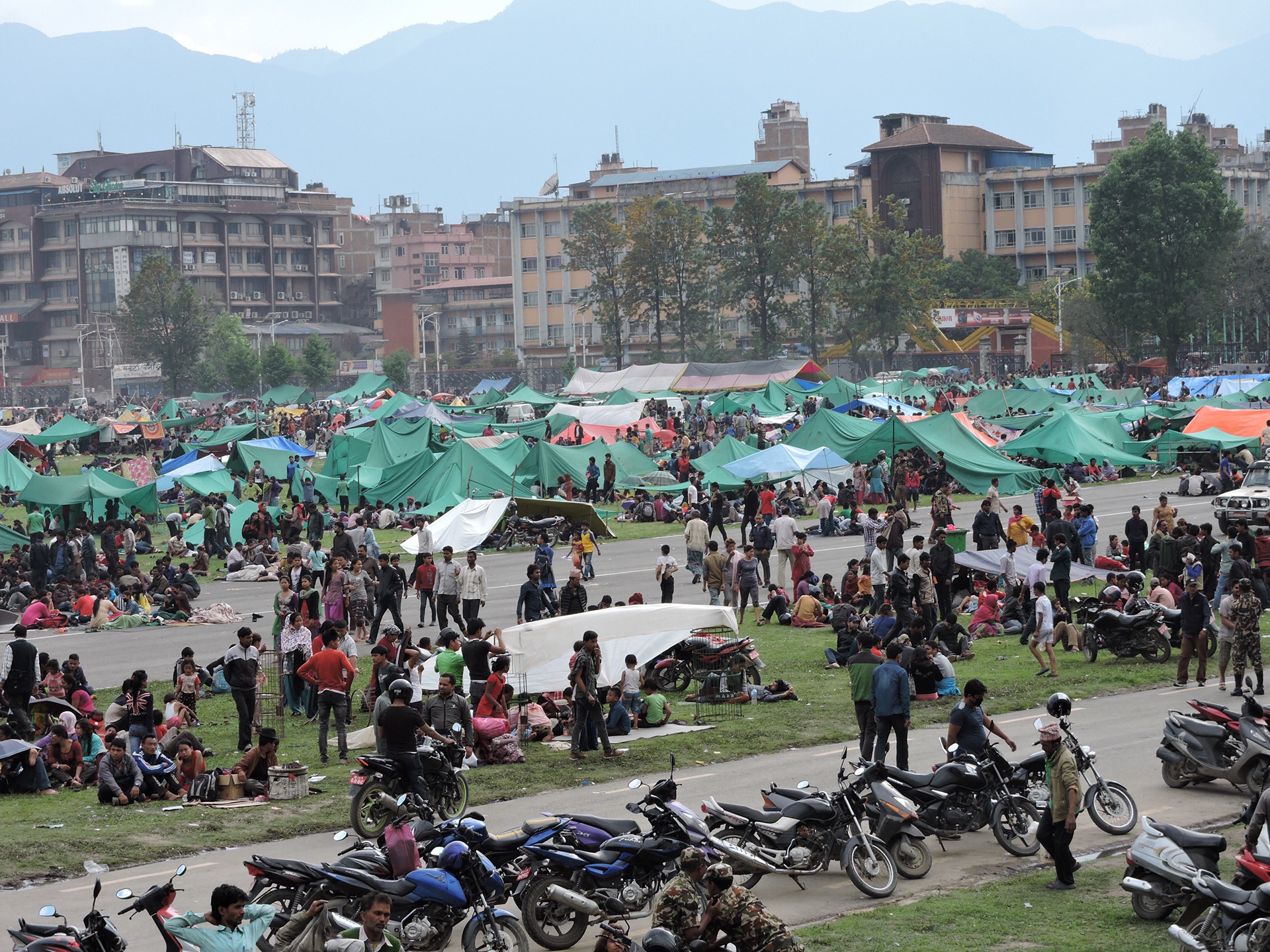
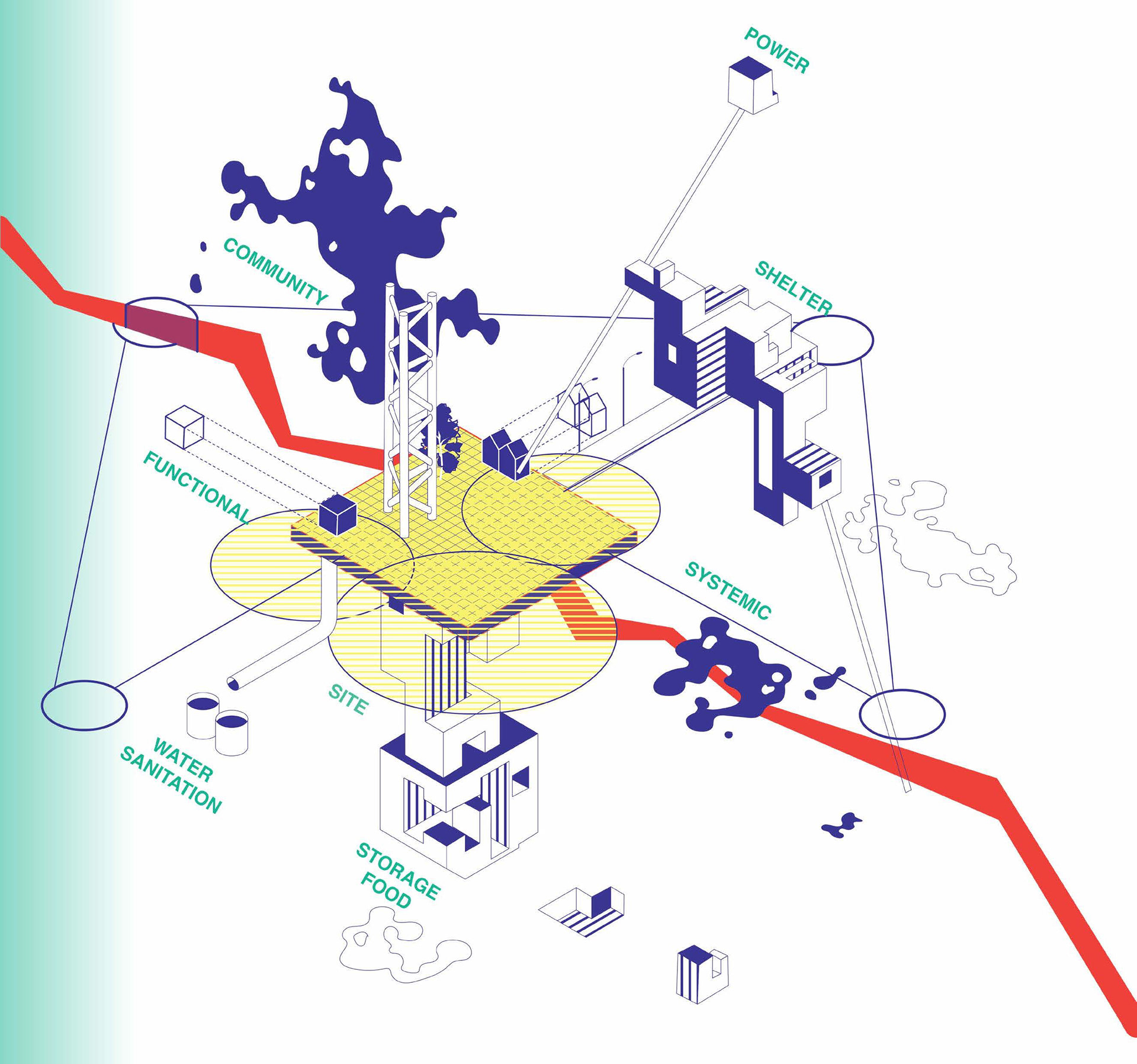
Concept Mapping
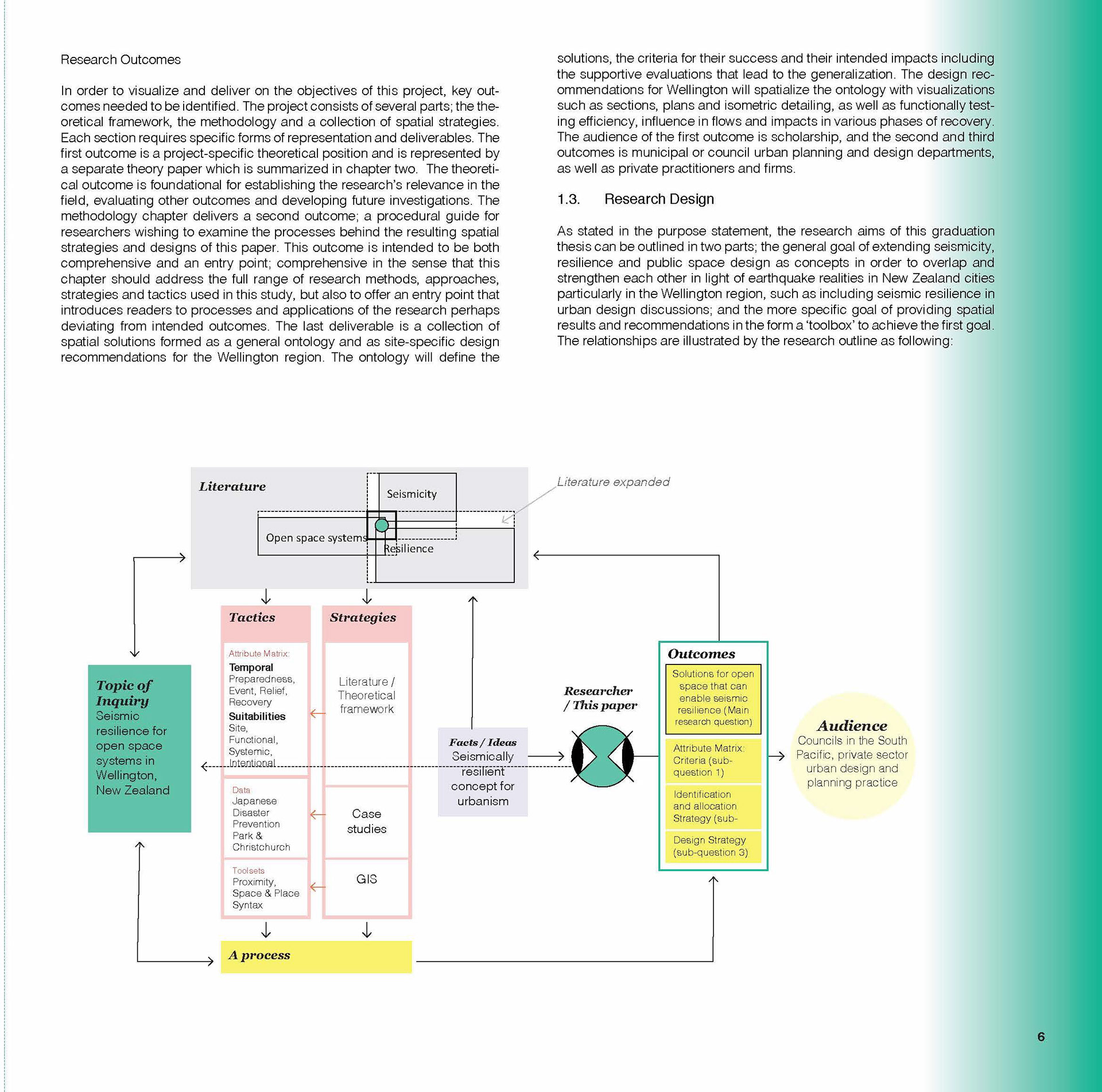
Page Sample (research outline)
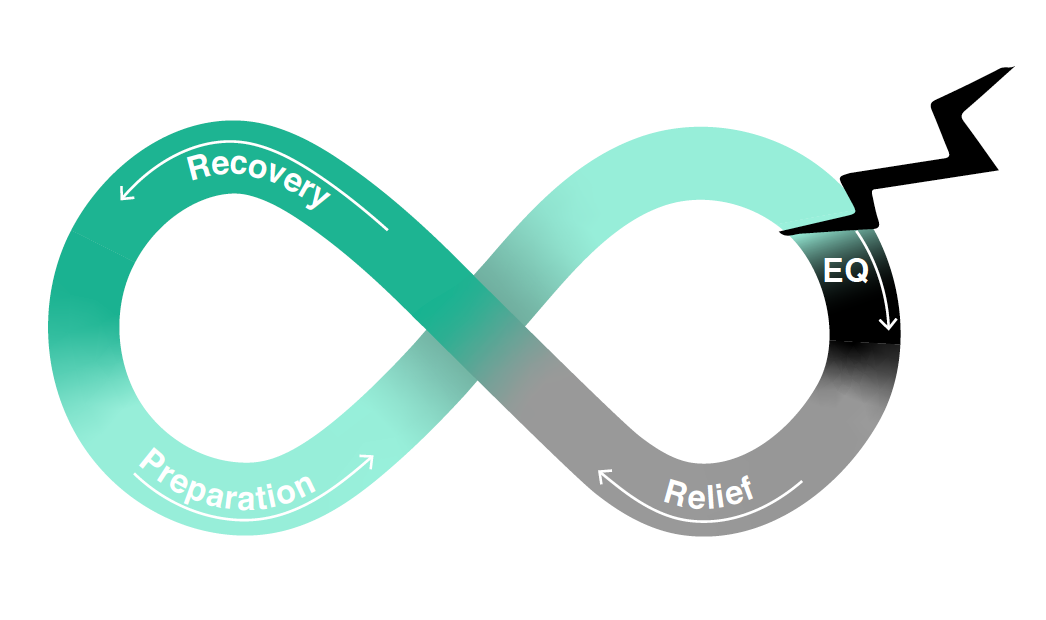
A resilience model of panarchy (Earthquake)
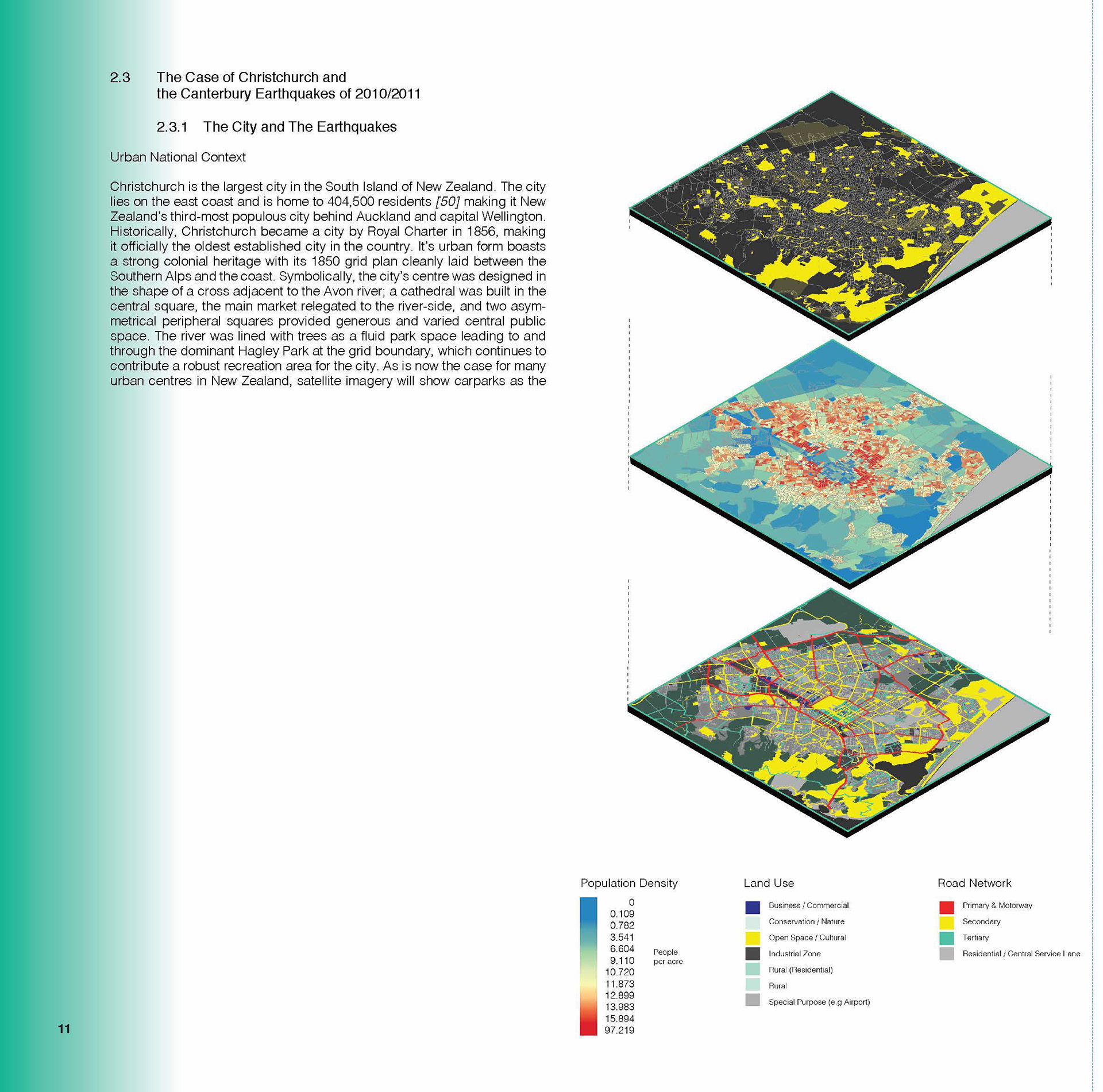
Page Sample: Understanding the Christchurch Earthquakes
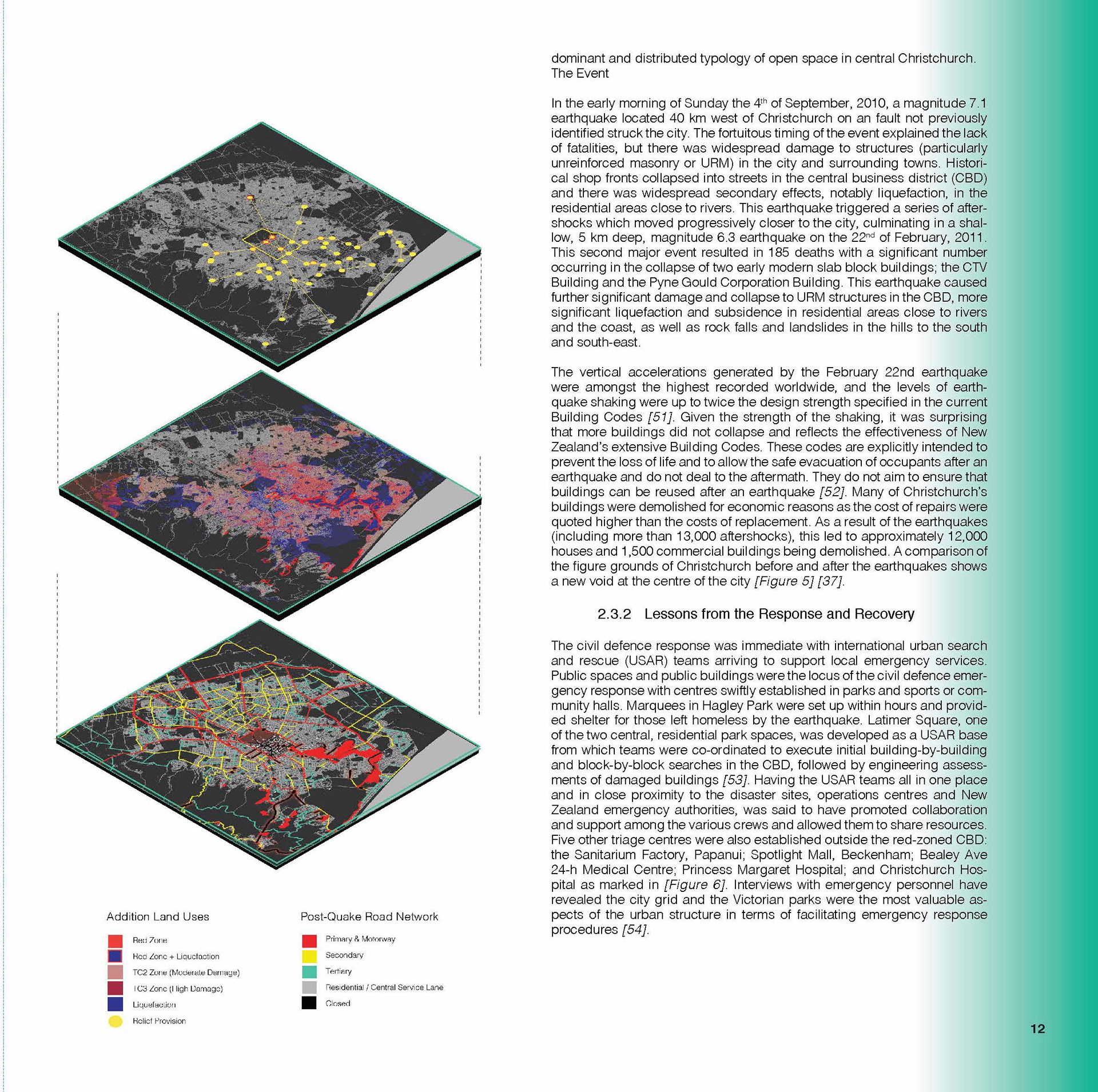
Page Sample: Understanding the Christchurch Earthquakes
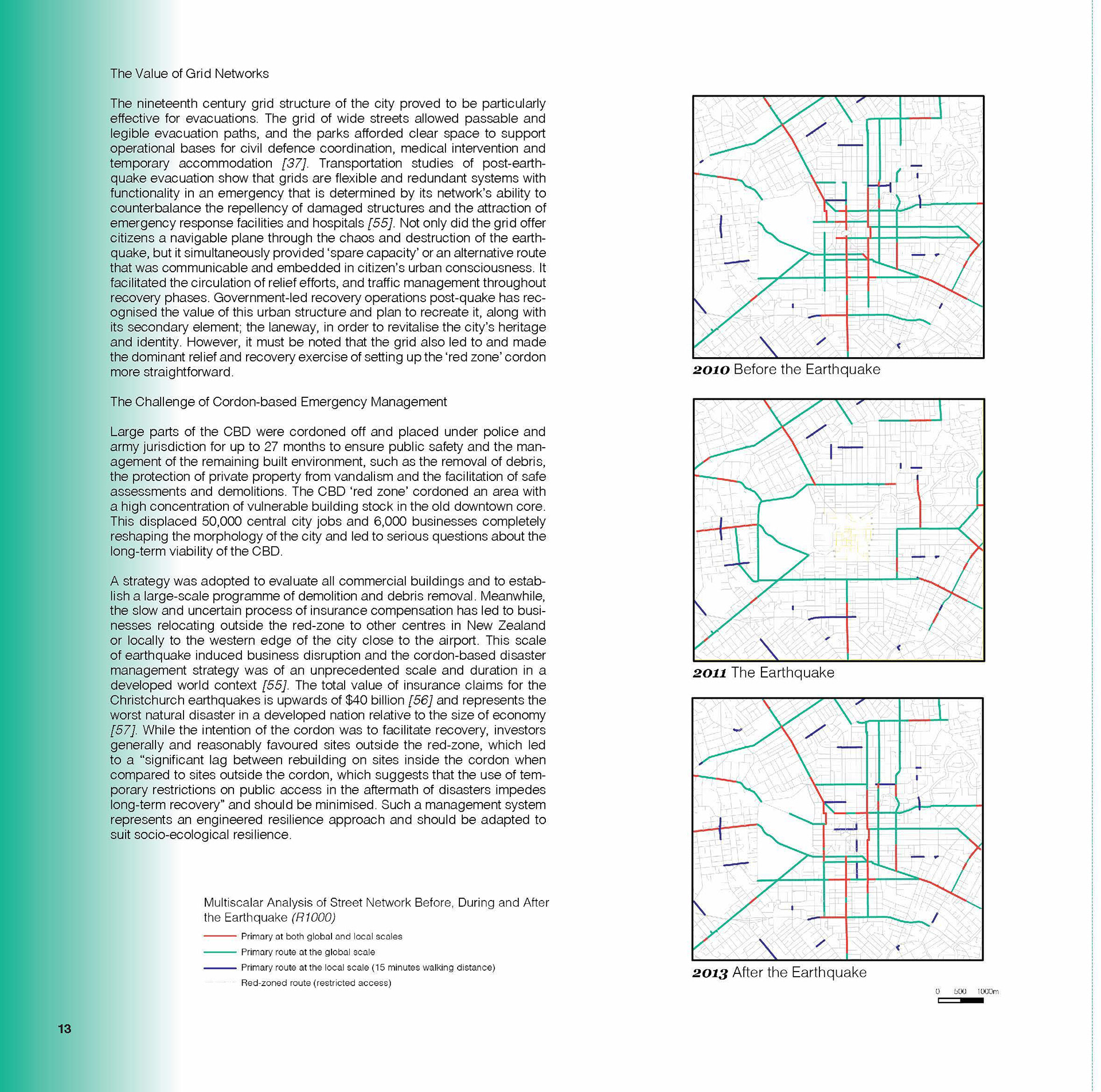
Page Sample: Space Syntax of Christchurch CBD Before, During and After Quakes
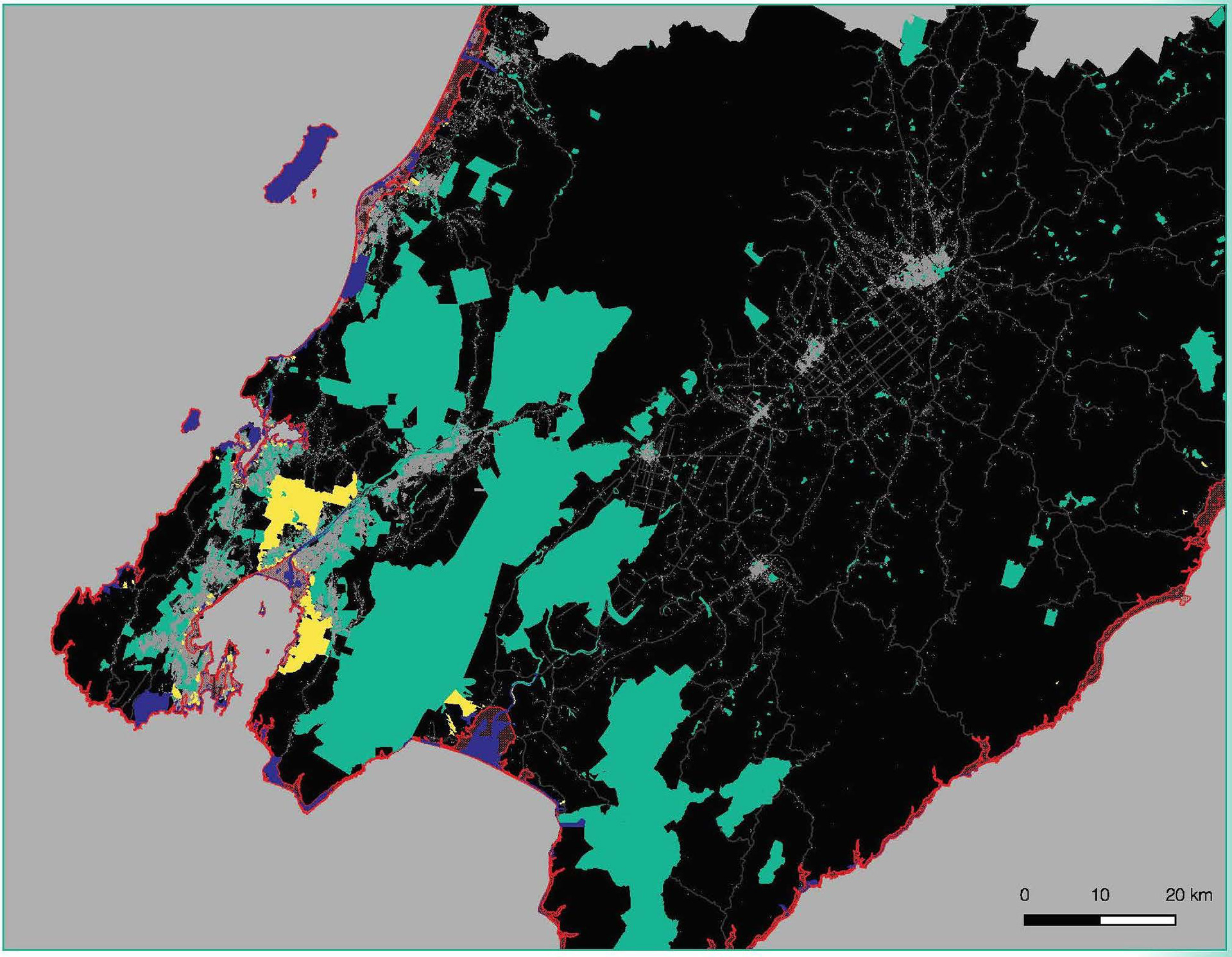
Regional study of open spaces in relation to Tsunami threat
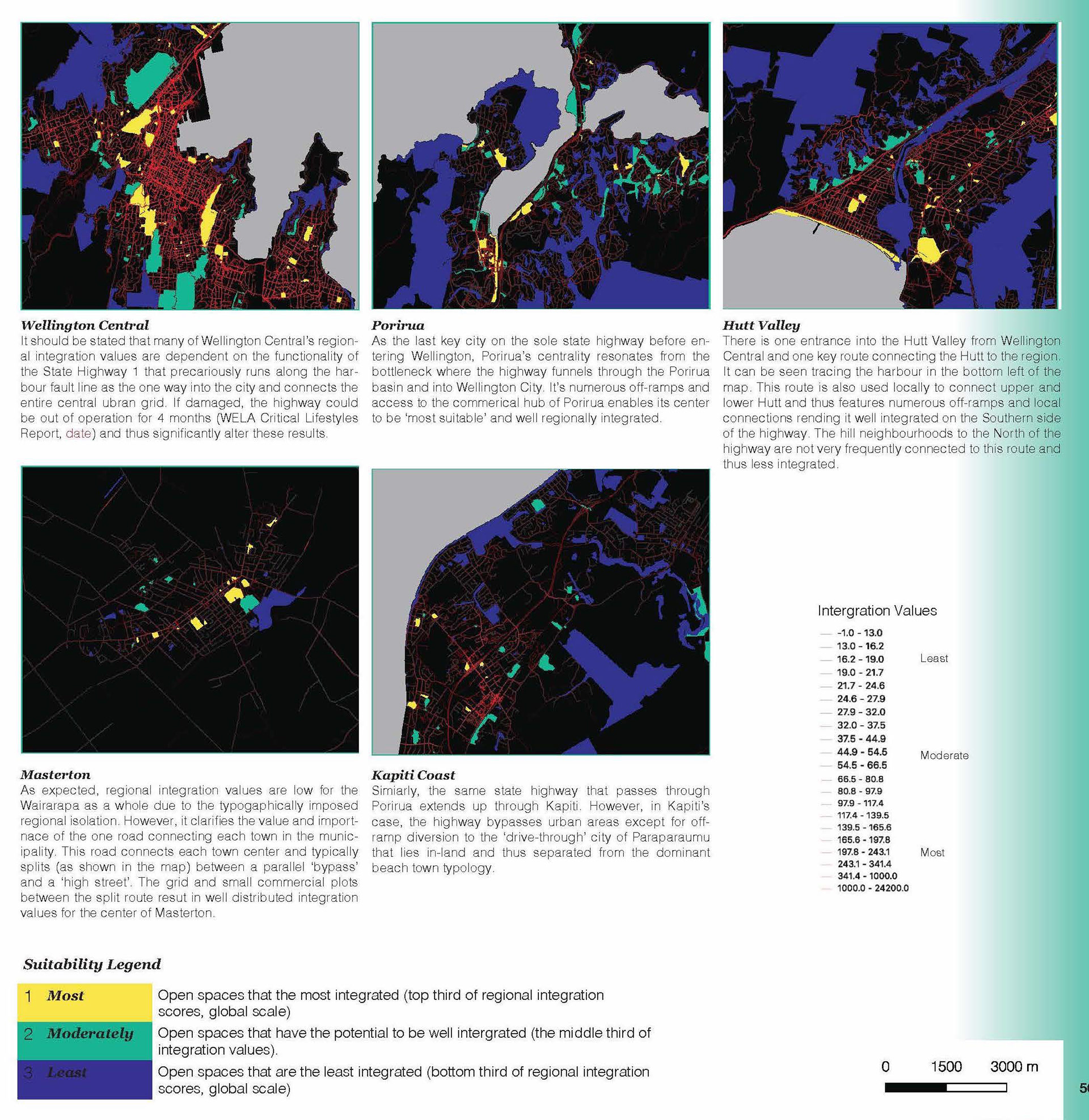
Space Syntax studies of 5 urban centers
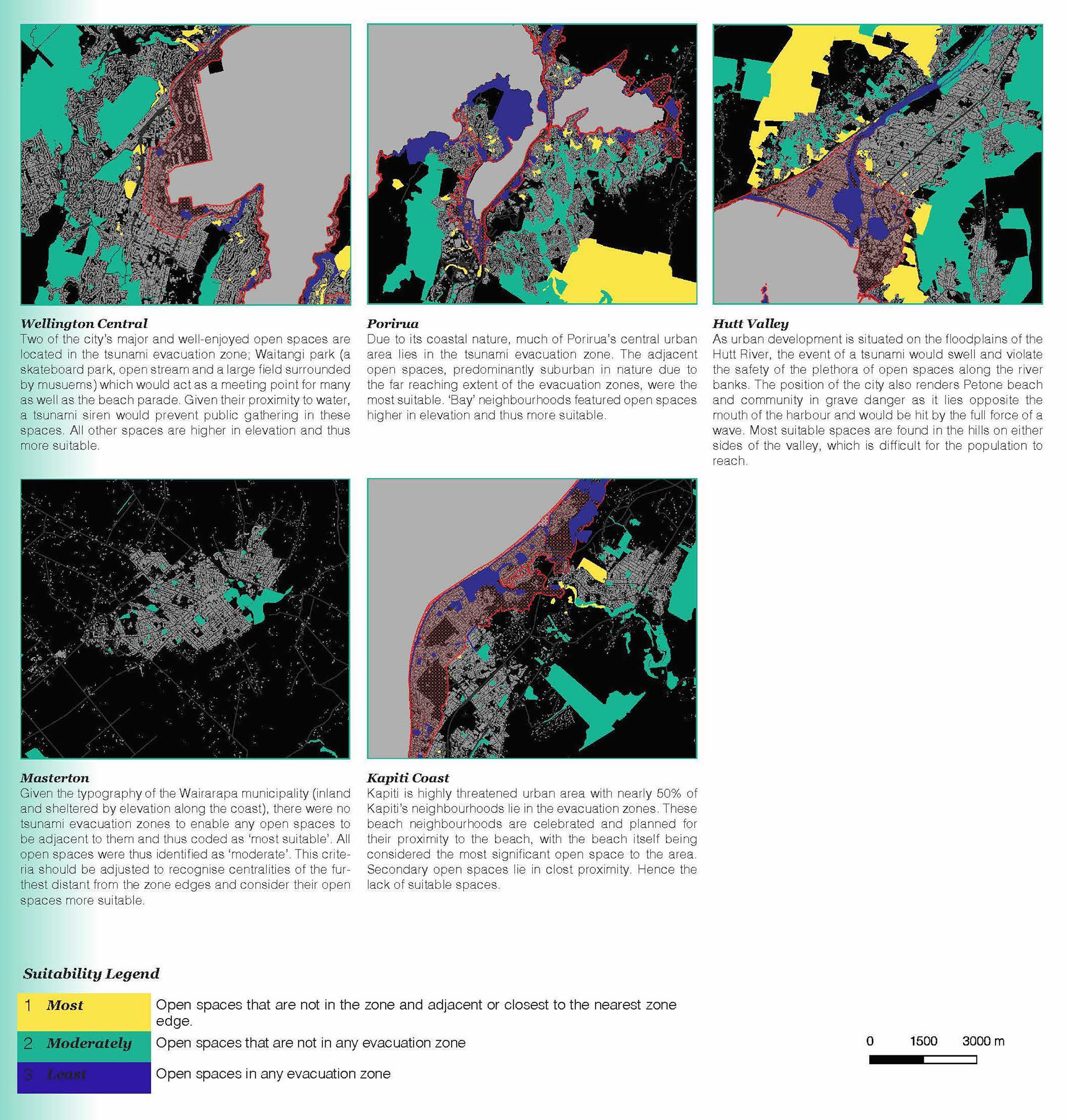
Detail of open spaces in 5 urban centers under tsunami threat
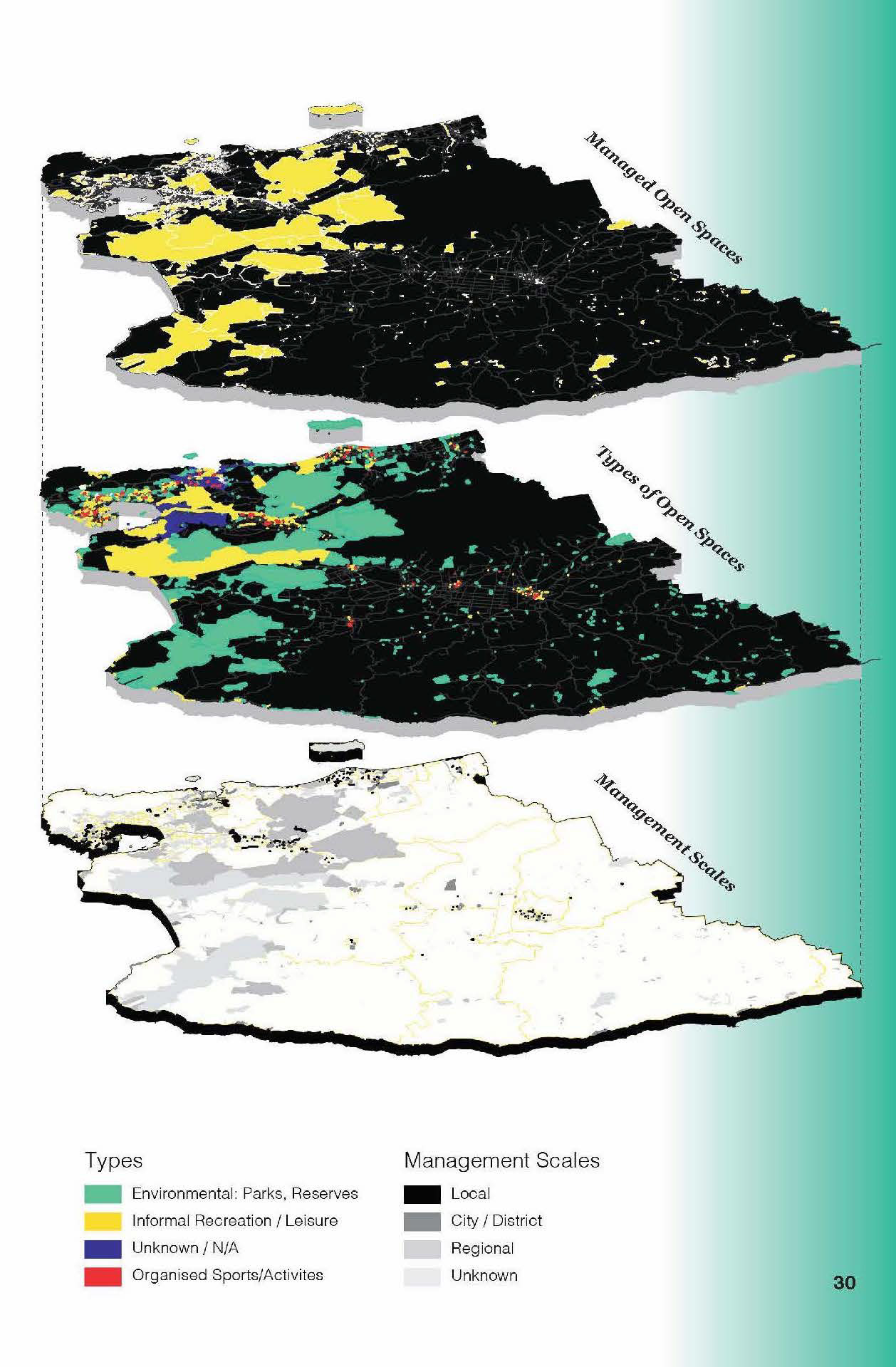
Regional studies
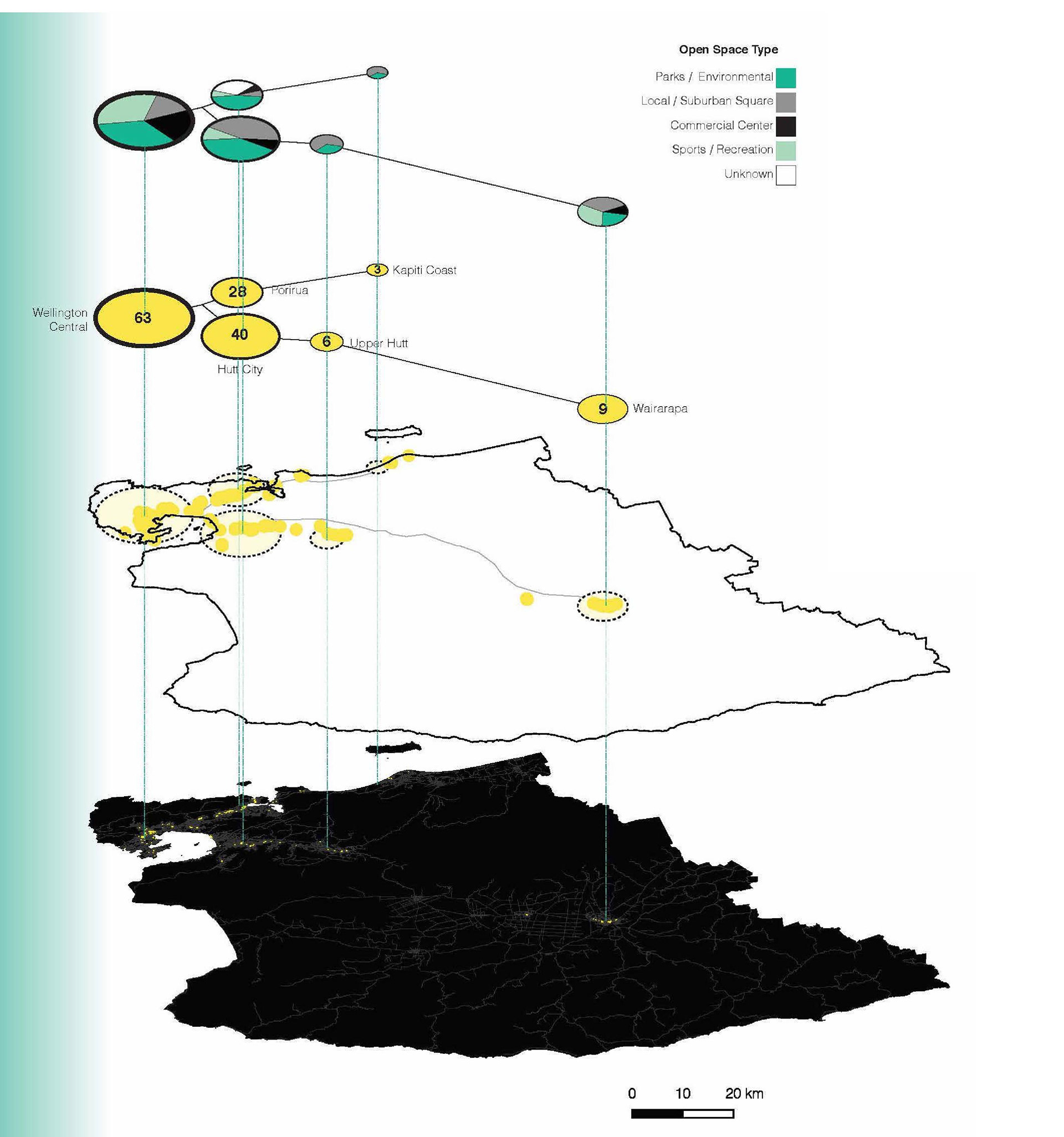
The most seismically resilient open spaces at the regional level
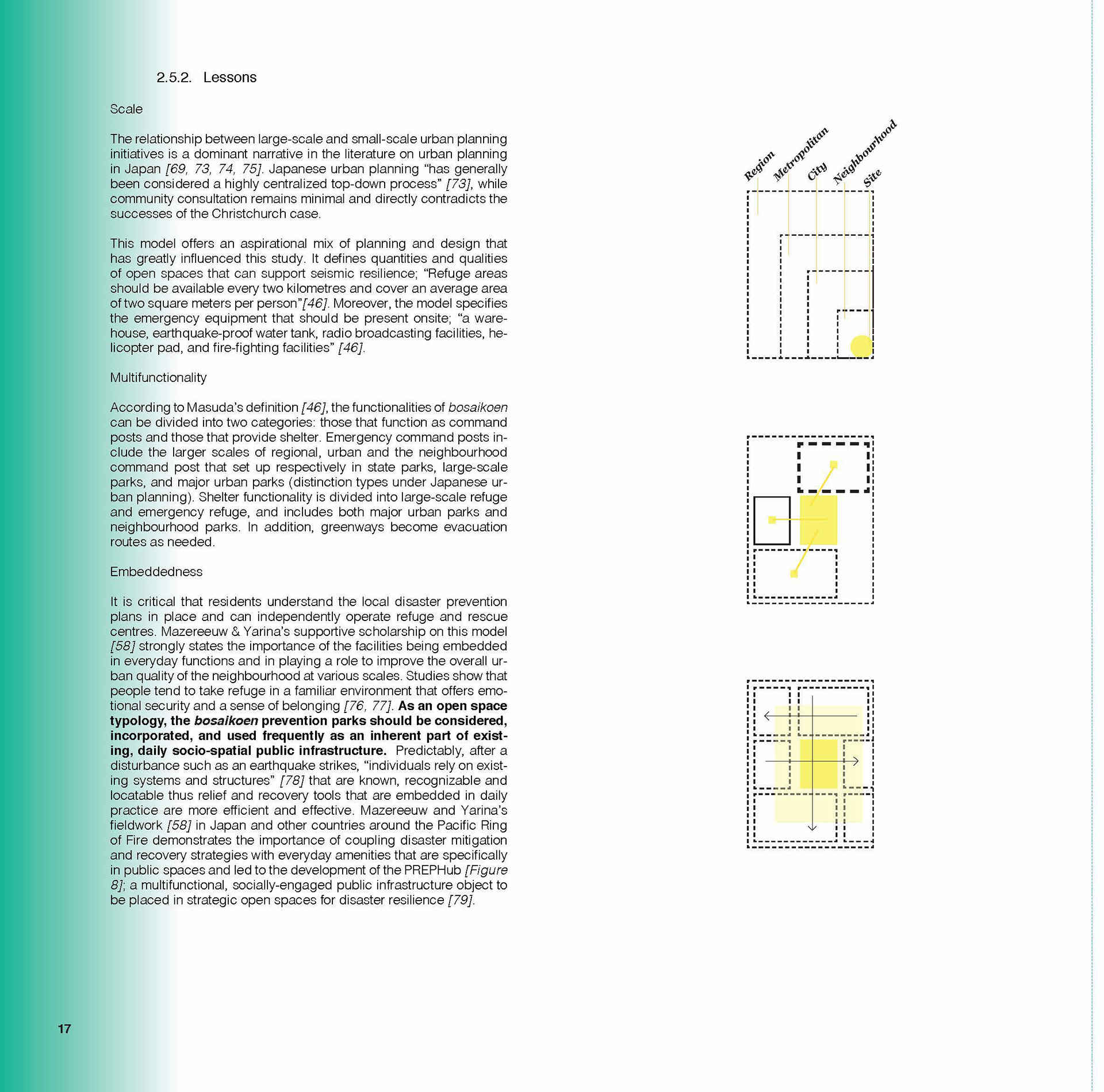
Page Sample: Lessons learned from the Japanese earthquake park model
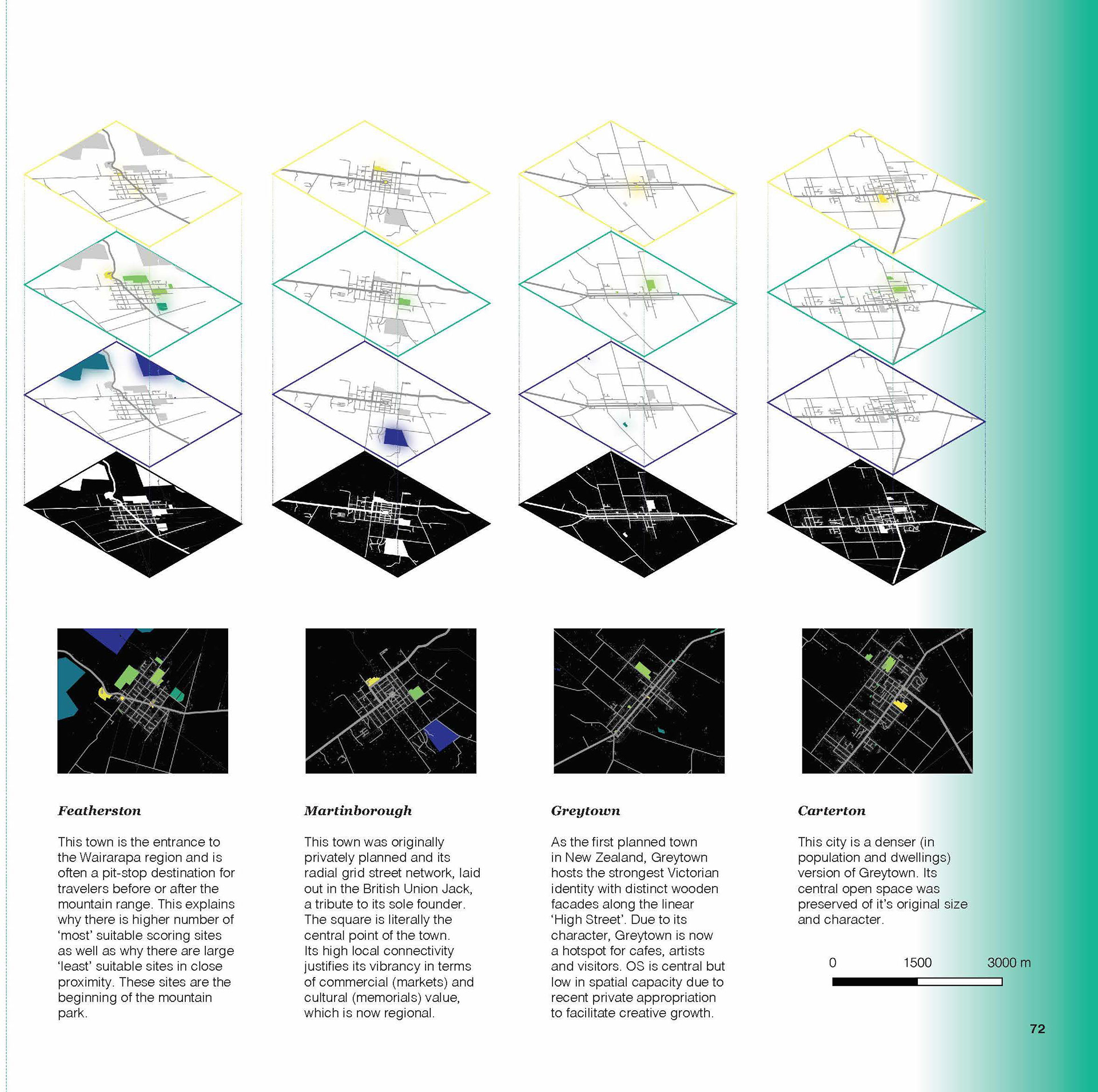
A study of open spaces suitable in the Wairarapa
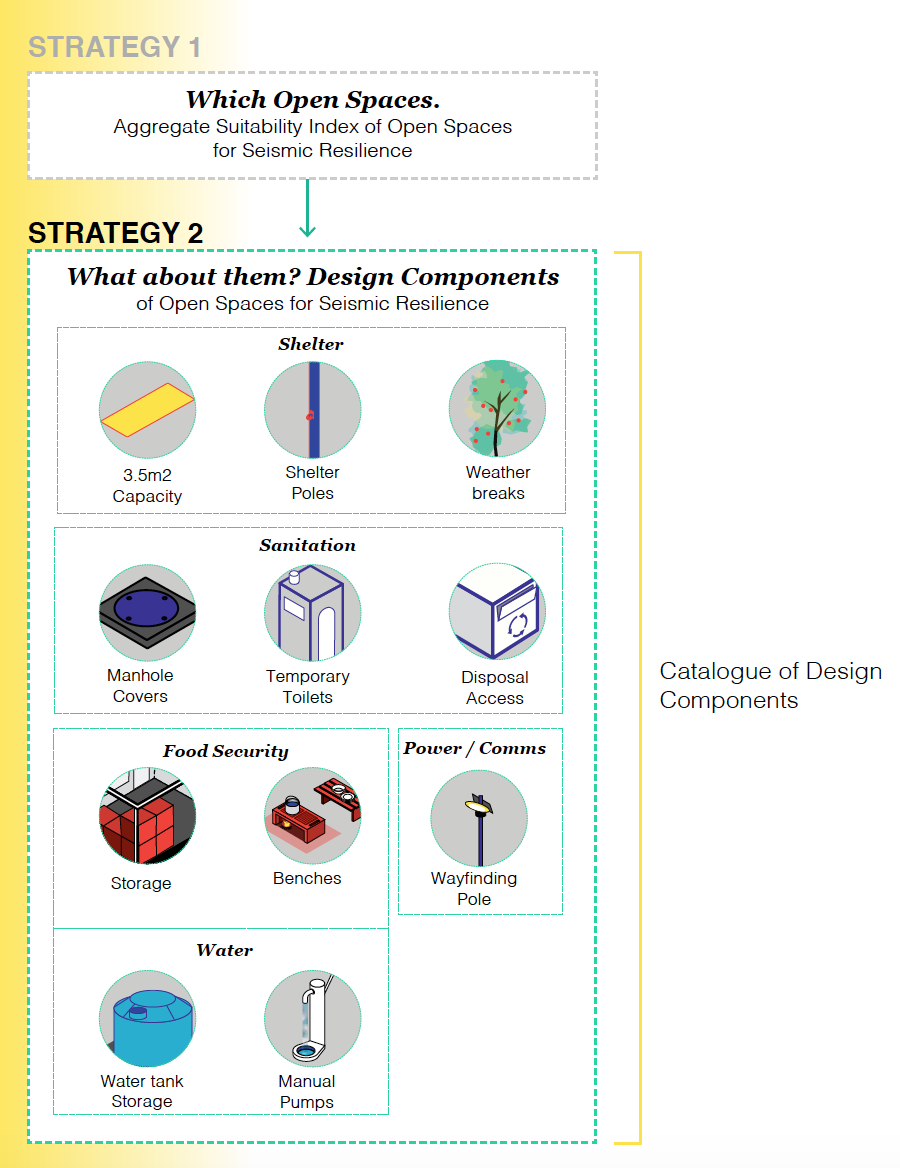
Design Components of a seismically resilient open space
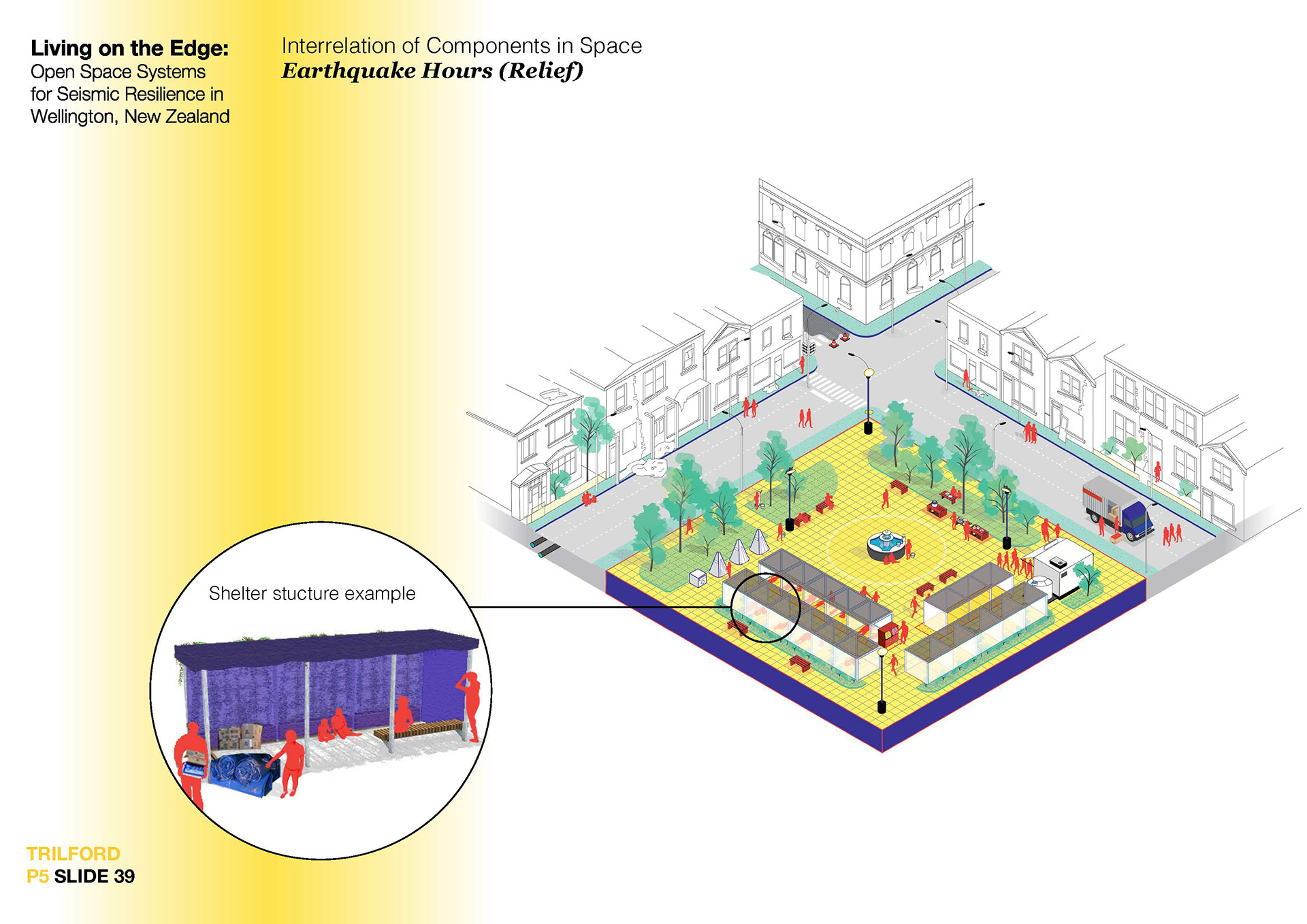
Example of design components in square during an earthquake
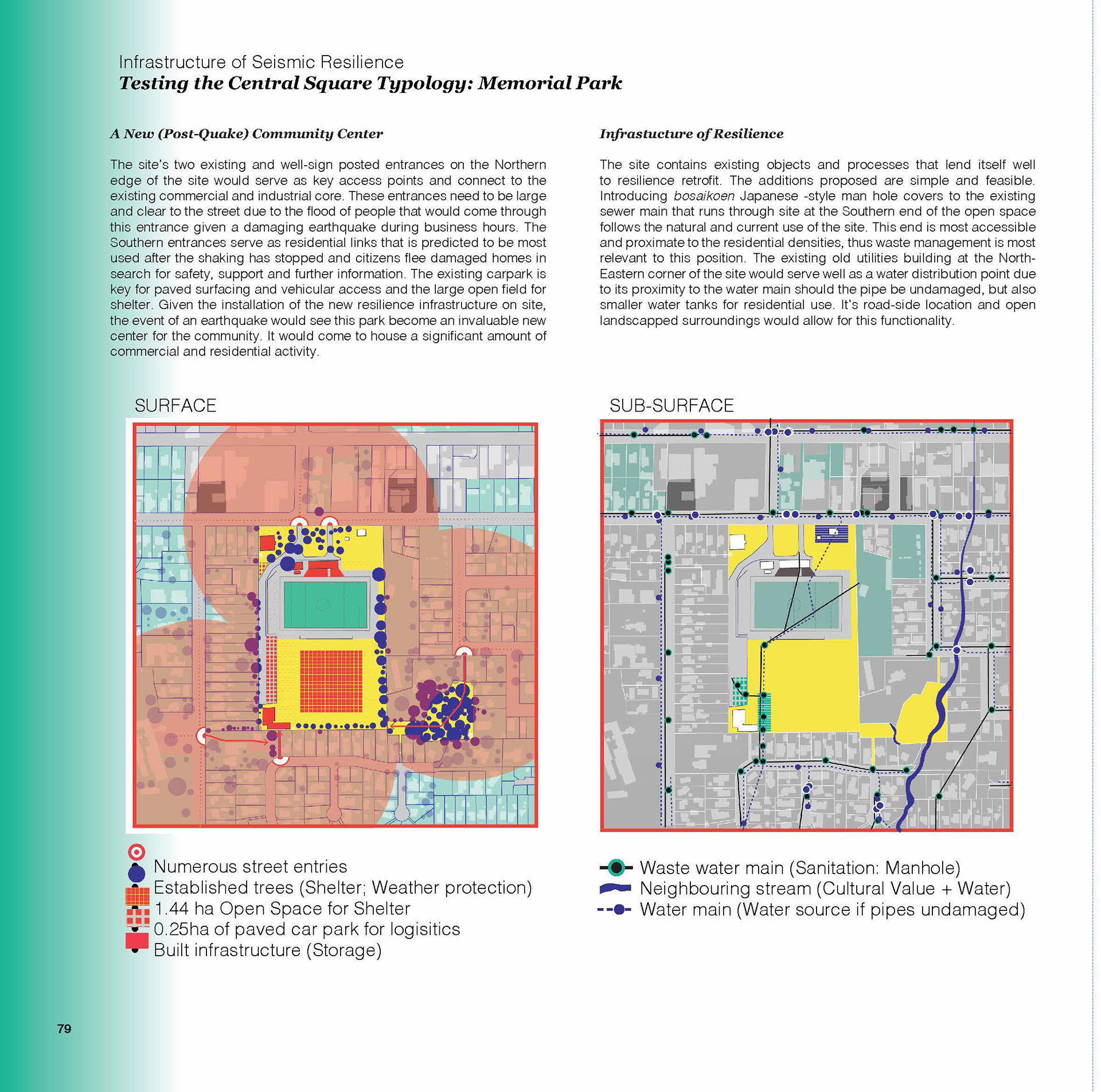
Model study of Memorial Park in Masterton, Wairarapa
